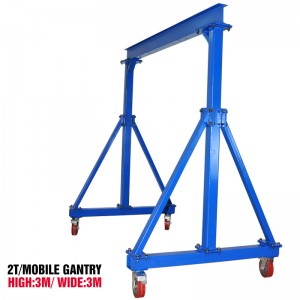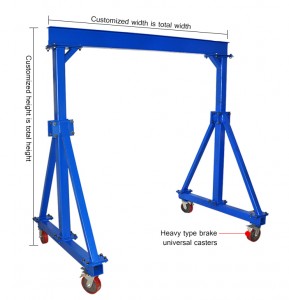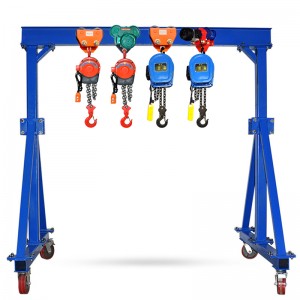When operating a gantry crane, safety should always be a top priority to prevent accidents and injuries. Below are some safety measures to consider when operating a gantry crane.
Proper training: Only trained and authorized personnel should be allowed to operate gantry cranes. Operators should receive thorough training on the safe operation of the equipment, including how to perform pre-operation checks and how to respond to emergencies.
Inspection and maintenance: Gantry cranes should be inspected and maintained regularly to ensure that they are in good working condition. Any defects or malfunctions should be addressed promptly to prevent accidents.
Load capacity: Gantry cranes should never be overloaded beyond their rated capacity. Operators should be aware of the weight of the load and ensure that it does not exceed the crane’s capacity.
Clearances: Gantry cranes should be operated in areas with sufficient clearance to prevent collisions with other objects or structures.
Communication: Effective communication is essential when operating a gantry crane. Operators should use hand signals or radios to communicate with other personnel in the area.
Personal protective equipment: Operators and other personnel in the area should wear appropriate personal protective equipment, such as hard hats, safety glasses, and high-visibility vests.
Environmental conditions: Gantry cranes should not be operated in adverse weather conditions, such as high winds or lightning storms.
By following these safety measures, operators can help prevent accidents and injuries when operating gantry cranes.
Post time: May-16-2023







